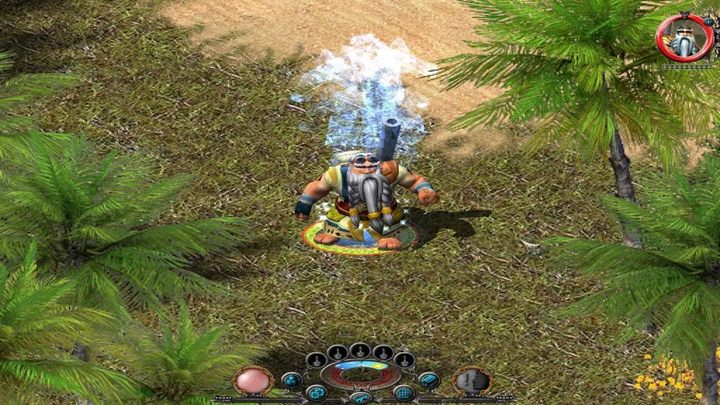Skirmish on thin ice. We Rediscover the Best, Forgotten Hack'n'slash Mechanics

- We Rediscover the Best, Forgotten Hack'n'slash Mechanics
- Painter, plasterer, necromancer
- Show me your wares
- Stay awake, explore, level up
- Skirmish on thin ice
- Five swords are better than one
- Nothing about me without me
Skirmish on thin ice

Every hack'n'slash revolves around how we exterminate continuous waves of enemies. In other words: the combat system. The potential for attracting attention with innovations and extraordinary ideas is high here, although the risk of failure remains if this aspect is treated incompetently. That's why we relatively rarely get something honestly new, interesting and actually gameplay-essential in this matter. Any specific attempts? let's think... Wolcen: Lords of Mayhem or Warhammer: Chaosbane tried with poor results, introducing resources collected during the fight, giving a chance to launch an extremely deadly extermination tool, such as a special ability or transformation into an unstoppable creature.
Also Legend: Hand of God tried with its serious-sounding Cinematic Combat System. This idea was supposed to make the fight more dynamic and spectacular, but in practice its role in building gameplay satisfaction was rather marginal. It was roughly about finishers (they looked cool) or scaling animations and character movements to the size of enemies - fighting a skeleton is a completely different set of moves than fighting a four-meter ogre. The idea, drawing on logic, turned out to be a bit comical in practice, and it made the skirmishes arduous due to the length of the animation.
The aforementioned Sacred, however, introduced the possibility of performing combos, but these were not combos in the form we know today. In this case, it is an attack mounted like any regular skill, but consisting of a series of smaller attacks, which we compose ourselves with the help of many available ones. This idea, almost at the same time, was repeated by the creators of Blade of Sword from 2003, basing their combat system on kung-fu techniques. These, in turn, consisted of various types of combos that increased the lethality of the blows of a given combination. What do both titles have in common? We hardly remember them anymore, and the idea was buried with them.
